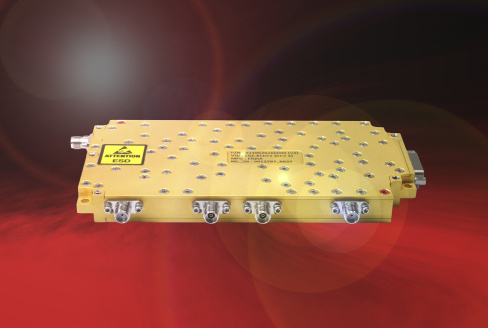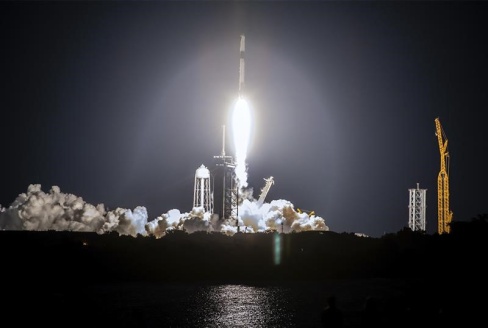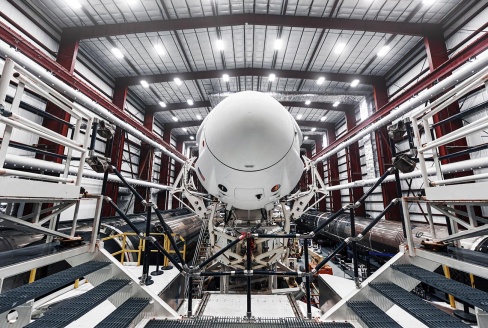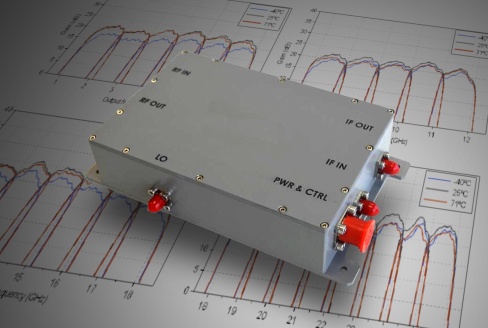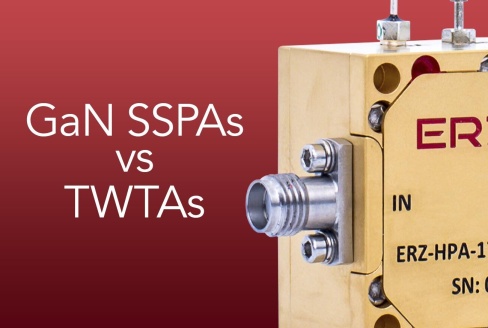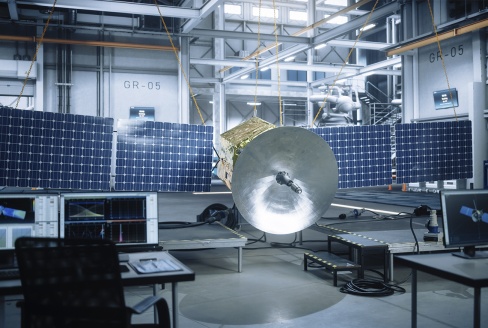Integrated Microwave Assemblies for Extreme Environments: Meeting Modern Mission Demands
Posted: Tuesday, November 11, 2025
Key Takeaway: As defense, aerospace, and satellite systems evolve, reliability under extreme conditions has become a defining challenge for RF and microwave design. Integrated microwave assemblies address this by combining multiple functions into compact, rugged subsystems engineered to maintain stable performance through temperature shifts, vibration, and radiation exposure.
The Reliability Race Pushes Microwave Assemblies to New Limits

